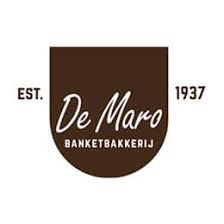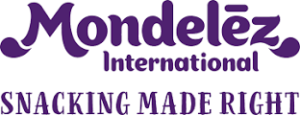

Food packaging requires great taste
Why is making a good food packaging complex and how safe does one has to be? The conversations we have with our customers are all about making the right packaging for the right product. Often the question of over-packing or what if scenario’s for leakage or migration are an important part of these meetings.
Food packaging based on barriers
To determine which type of packaging is needed, we always look at a few key elements of a product. Does it contain fat, is it a wet product, does it need to be stored in a freezer and does it require a modified atmosphere. These elements determine mainly what type of raw material you can use and if you can use a mono material solution or if you need more layers to protect the product or guarantee a certain shelf life.
When the requirements are not that specific, often a mono material solution can be enough. From cardboard or paper to a material with a bigger barrier like bagasse. Easy to use, low CO2 impact (especially when made from recycled material) and compostable, due to the absence of plastic and polymers.
Barrier means adding layers
When a barrier is needed for a longer shelf life or the amount of grease or water is so high that cardboard is leaking, than a solution can be to switch to a different material. Plastic is often used (PET or PE for instance) as a complete packaging or maybe just a seal that is added to a tray made of a different material. Laminating cardboard with a thin layer of plastic is often used in food packaging. The downside of this is the fact that recycling these multi-layer packaging solutions is very time consuming and costly. Besides this, it is nearly impossible at the moment to absolutely get all the microplastics out of this pulp. The recycling percentage of these packaging solutions is very low.
Visibility key for retail food packaging
In our conversations with retailers, the issue of visibility is often the reason why they are choosing a packaging solution that contains a window or opening, covered by a plastic foil. Making the tray less suitable to recycle, while it doesn’t need the plastic as a barrier. Visibility is key in their eyes and if need be, we advise the retailer to include simple instructions on the packaging how a consumer can remove the plastic foil from the packaging. Seperating the two materials and making sure that the basic tray (mostly made of cardboard) can be recycled in the paper recycling stream.
For more information on food packaging, which 11 steps we take to get to a new packaging solution or why we guarantee a very high quality, please contact us via our e-mail: info@halmasolutions.com or by phone +31 (0)24-7470013. We are always happy to discuss the possibilities with you and share our thoughts on sustainability, eco packaging, innovative packaging or for instance the best coffee cups. Please also feel free to ask us for the most recent developments on raw materials and recycled packaging.


Let's get in touch!





